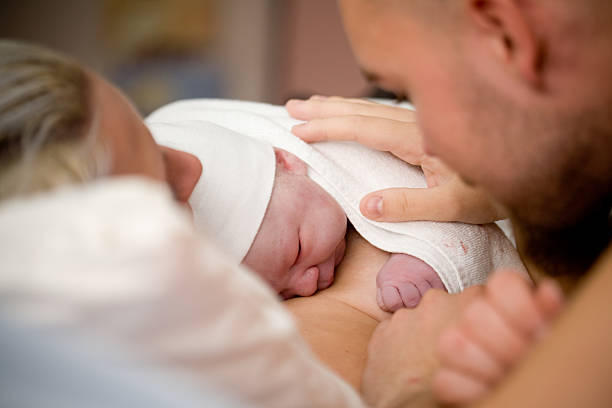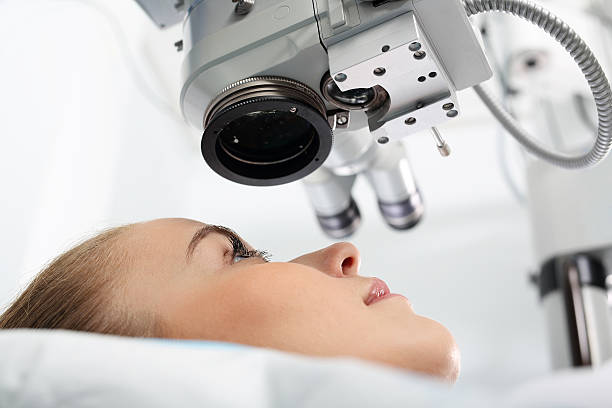Did you know that every three minutes, a preventable injury-related death happens in the US?
We all know that injuries are unpredictable. So, now that you know a preventable injury-related death could happen at any time, it is terrifying. However, you can prevent getting infections, viruses, severe symptoms, and so on if you’re prepared.
With a first aid kit ready at any time, you can help heal accidental injuries and prevent further damage. However, what should you have in a first aid kit? Well, we’re here to explain that to you in this guide.
Read on to learn 12 essential items that you need for the best first aid kit.
Contents
1. First Aid Guide
Common first aid is something taught in school, but many may not know what to do for complex and serious injuries. To ensure that everyone knows what they’re doing when applying first aid to themselves or others, you need to have a first aid handbook. It will help guide you with instructions, so you know how to handle various types of emergencies.
2. Sterile Dressings
There are two main types of sterile dressings: wound dressings and adhesive dressings (aka plasters). Wound dressings are the most common and useful bandages. They’re easy to apply, even for beginners, and are the most ideal for emergencies.
Wound dressing also has different types, including:
- Waterproof plasters
- Sterile pad
- Fabric plasters
- Sterile eye pad
- Sterile wound dressing
On the other hand, adhesive dressings are typically made up of waterproof plastic or fabric. It’s used to cover up grazes and small cuts. There are three main types of plasters: clear, gel blister, and blue catering.
Blue plasters are great for those who work in the food industry. If you have any blisters, the gel helps lessen the pain and allows it to heal faster. For everyday wounds, like cuts, scratches, and light bleeding wounds, clear plasters work well.
3. Bandages
Aside from dressings, you should have bandages for covering more severe wounds and control bleeding. The most common bandages used are roller bandages. These are for supporting damaged joints, maintaining pressure on wounds, limiting swellings, and securing dressings.
There are four main types of roller bandages, including:
- Open-weave bandages
- Conforming roller bandages
- Self-adhesive bandages
- Support roller bandages
Another common type of bandage is the triangular bandages. You can find these made up of cloth to fold them to make slings and bandages easily.
There are also tubular bandages. You can use this type of bandage for securing dressing on your fingers and toes. They can also support sports injuries, especially your joints like elbows and knees.
4. Gloves
Placing gloves in your first aid kit is a great way to protect yourself and the victim, lessening the chance of infection. The gloves will act as a germ-free barrier, especially when treating open wounds. In addition, you can protect each other if you’re handling bodily fluids, dress wounds, and other waste materials.
Try to go for latex-free gloves, as there are some people who are allergic to latex. People with latex allergies may experience itching, hives, asthma, and runny.
5. Sanitizing Agents
Before you cover the wounds with dressings and bandages, you need to clean the wound first. Don’t forget to pack sanitizing agents for your hands to ensure you don’t add extra dirt to the injury.
You can place antiseptic cleansing solutions or wipes for cleaning injuries if there’s no clean water nearby. There are also antibiotic towelettes or mild antiseptics, such as hydrogen peroxide.
6. Adhesive Tape
The adhesive tape holds your dressings in place and ensures there are no loose ends in your bandages. It is also an essential tool for putting pressure on injuries to hold coverings that need to collect excess fluid or exudation from the wound. Try to go for adhesive tapes that are resistant to chemicals, perspiration, and water.
7. Gauze Pads
Gauze pads are your padding or swabs that help clean the area around your wound. They can help with cleaning, scrubbing, packing, securing, and covering all types of wounds. There are two main types of gauzes: woven and non-woven.
Woven gauzes are loosely woven, allowing for better absorption of injury liquids. They typically come in fine course meshes with various thread counts.
Non-woven gauzes are those with closely condensed fibers that come together to form something resembling a weave. The design allows better absorbency as well, but also better wicking. As a result, Non-woven typically produces less lint and leaves fewer fibers compared to woven gauzes.
8. Tweezers and Scissors
Having tweezers ready in your first aid kit can help you if you have small injuries. You can use them to remove dirt, debris, or splinters from your wounds.
Scissors with rounded edges can help protect the injured from further injury. This is especially important if you need to cut tape, bandages, gauzes, or even clothing.
9. Medications
Prescribed medications can help those who you know have certain medical conditions. This includes those with asthma, heart disease, allergies, high blood pressure, and so on. You should place asthma inhalers, insulin, allergy medication, and heart medicine if you know someone who needs them.
10. Elastic Wraps
Elastic wraps aren’t for your cuts or scrapes. If you get a sprain or joint injury, elastic wraps can help stabilize those injuries and lessen the swelling. You can wrap it around your elbow, wrist, ankle, and knee.
11. Cold Pack
Have an injury that caused swelling, or you’re getting a skin reaction to something? Use a cold pack to help soothe any discomfort or pain. You should have an instant cold compress ready to treat burns and other injuries, such as strains, sprains, and stings.
12. Aluminum Blanket
Aluminum blankets are great for retaining body heat in emergency and survival situations. The aluminum part of the blanket redirects the heat into the blanket while keeping the cold out. As a result, you won’t suffer from heat loss due to water convection and evaporation or thermal radiation.
Don’t have a bag ready to place all these 12 items? Here’s a great empty first aid kit you can get today!
Ready Your First Aid Kit With the Essentials
Now, pack up all of these items into your first aid kit to prevent further issues with your injuries. It’s always good to be ready for the unexpected, especially when it comes to your body and mind.
We hope we helped you with this first aid kit list of items you need! Want more like this? Check out the rest of our guides for more helpful tips and information related to health and fitness.



